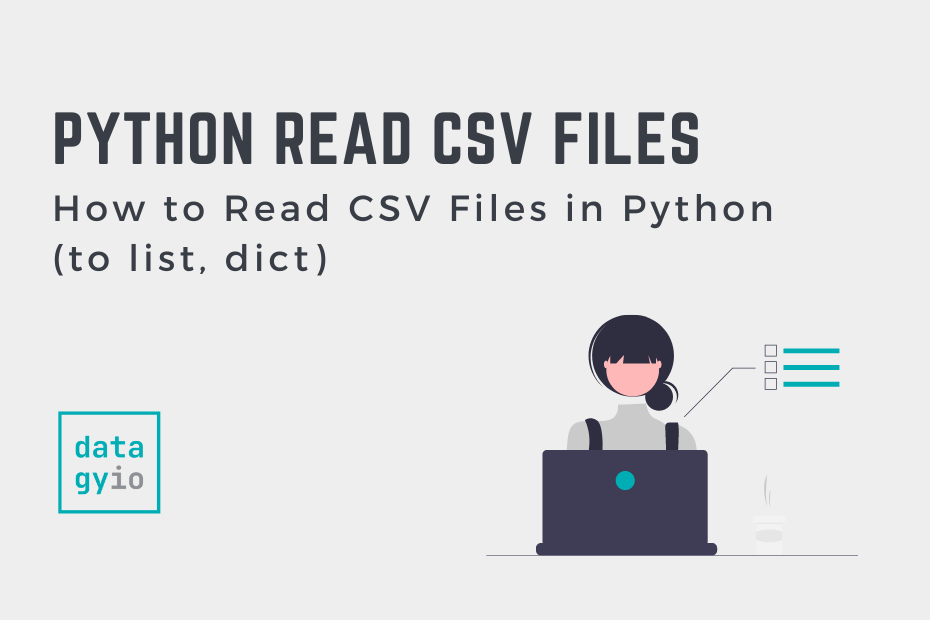Web dataframe dataframe object creation using constructor. Import ast file_dicts = {} with open('gfg.txt') as f: Web i recently started programming with python and i've encountered quite a big problem with one of my functions. Data = json.load (data_file) print (data [0] ['key1']) print (data [0] ['key2']) i think you want to look into the json module. My_data = js_r ('num.json') print (my_data) share follow edited nov 29, 2020 at 17:55 generalcode 814 1 12 28 answered jan 5, 2017 at 3:08 tdelaney 74.5k 6 84 117
Use ast.literal_eval () to read in a text file. Web the csv.dictreader() function takes the file object as its input argument and returns a dictreader object. Import ast data = [] with open(data.txt, r) as infile: Web you need to parse the data to get a data structure from a string, fortunately, python provides a function for safely parsing python data structures: Assuming our data is stored in a text file in the following.
As quots are single quot. Web i recently started programming with python and i've encountered quite a big problem with one of my functions. Actually we can only write a string to a file. Date} f = open('destfile.txt', 'w+') f.write(json.dumps(your_dictionary)) Function safer than the eval function and can be used for interconversion of all data types other than dictionary as well.
In python 3.6 and earlier, dictionaries are unordered. Using the json.loads () method : My_data = js_r ('num.json') print (my_data) share follow edited nov 29, 2020 at 17:55 generalcode 814 1 12 28 answered jan 5, 2017 at 3:08 tdelaney 74.5k 6 84 117 Importing a file as a dictionary in. Import ast file_dicts = {} with open('gfg.txt') as f: Web read a dictionary from the file. I'm trying to take data from a text file in the form of a list, into a dictionary in python. It'd be helpful to have more information about your use case, where the file. If that is the format of your file, of course. Use json.loads () to read to a dataframe. Return the unpacked root object (which usually is a dictionary). With open (filename) as f_in: The contents of a dict can be written as a series of key:value pairs within. @text { n = test1, r = [b:1, g:2, h:3, o:4, s:5, w:6. Reads n bytes, if no n specified, reads the entire file.
There Are Seven Federal Income Tax Rates, Which Were.
Web the irs increased its tax brackets by about 5.4% for each type of tax filer for 2024, such as those filing separately or as married couples. ['a', 'b', 'c', 'd']} >>> pd.dataframe.from_dict(data) col_1 col_2 0 3 a 1 2 b 2 1 c 3 0 d Dictionaries are written with curly brackets, and have keys and values: The dictreader object works as an iterator and contains each row of the csv file as a dictionary.
Dataframe.to_Dict Convert The Dataframe To A Dictionary.
Web if you wish to load the list of dictionaries from a txt file in python, you can do it using the literal_eval function from the ast module, in order to evaluate the expression of the string in the file: Data = json.load (data_file) print (data [0] ['key1']) print (data [0] ['key2']) i think you want to look into the json module. Web i recently started programming with python and i've encountered quite a big problem with one of my functions. The steering council does an important job governing python and its.
Import Json Your_Dictionary = {Some_Date :
File_object.read ( [n]) readline () : With open (filename) as f_in: It'd be helpful to have more information about your use case, where the file. Load (fp, *, fmt = none, dict_type = dict) ¶ read a plist file.
There Are Three Ways To Read Data From A Text File.
Examples by default the keys of the dict become the dataframe columns: Web we can read a dictionary from a file in 3 ways: Web read a dictionary from the file. Wordcount.py dict hash table python's efficient key/value hash table structure is called a dict.









